NatureZen: The Coolest Thing You’ll Read All Day
words and photos by Melissa McMasters
It’s August, and the days of balmy three-hour birding walks in the Old Forest are a few months away. Instead, it’s the season of packing multiple water bottles, coating ourselves in bug spray to keep the chiggers and mosquitoes at bay, and strategizing ways to stay cool.
The wild creatures in our parks have a variety of behavioral adaptations to keep from overheating on hot summer days. Let’s explore a few!
Some species of dragonflies cope with heat by reducing the amount of surface area they expose to the sun. They can be seen on hot days perching with their abdomens almost perpendicular to the ground in what’s called the obelisk position.
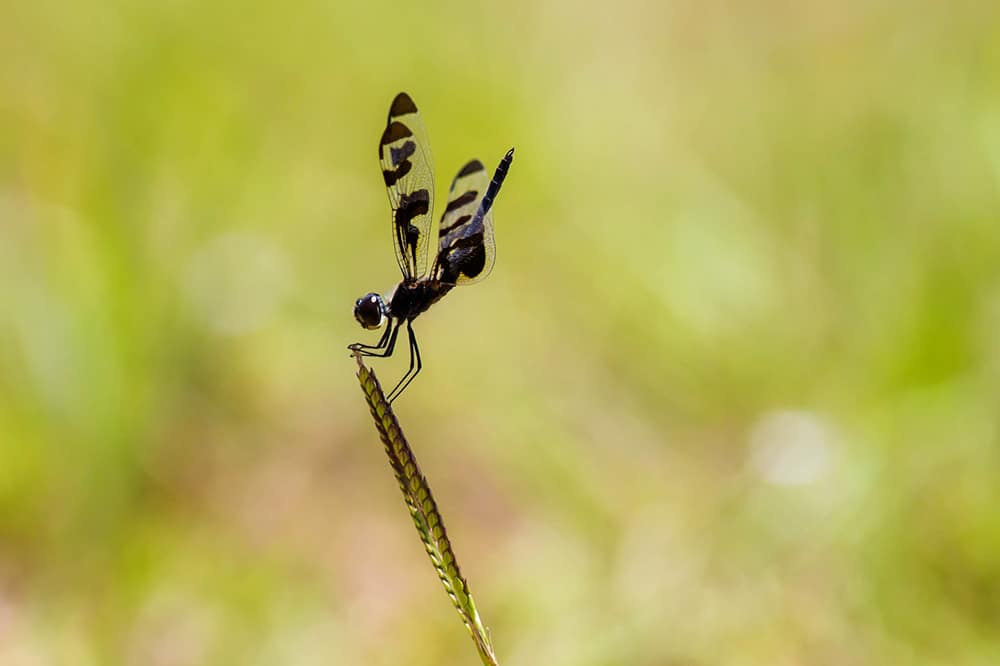
The group of dragonflies called saddlebags have large dark splotches at the bases of their wings. Sometimes in flight or on a perch, they’ll tilt their abdomens downwards, placing them in the shade of these dark spots–effectively turning them into built-in umbrellas.
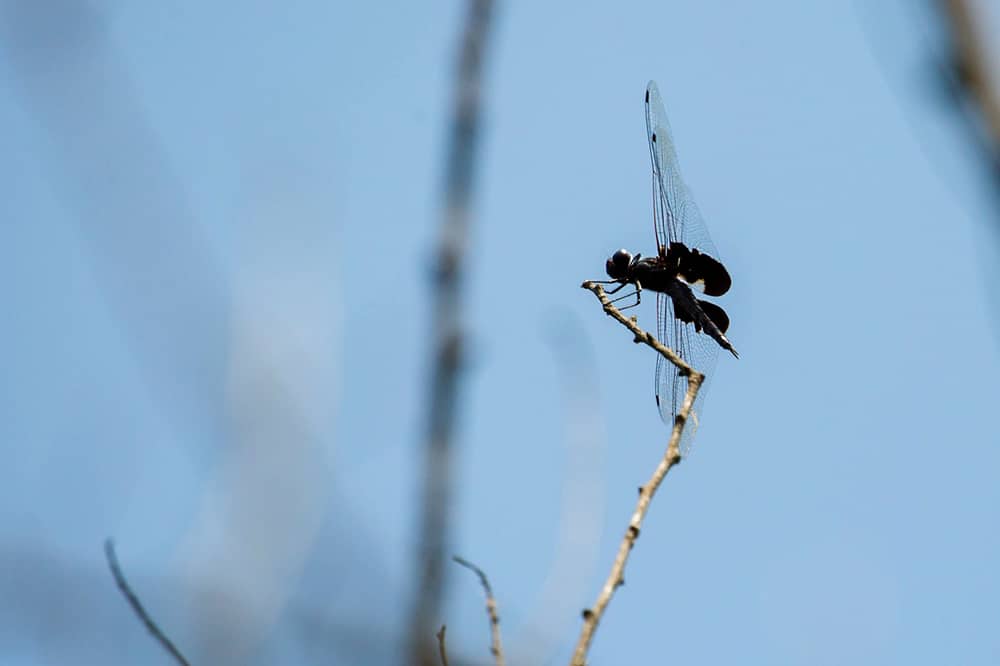
Squirrels and chipmunks have to endure the summer heat in fur coats (although the hair on their abdomens thins out in hot weather). So they practice what’s called heat dumping, where they lie spread-eagle on a cool surface. Because their abdomens have less hair than their backs, this is the most efficient way to transfer body heat. You can often observe this behavior after the animal has exerted itself, say, by being chased by another squirrel.
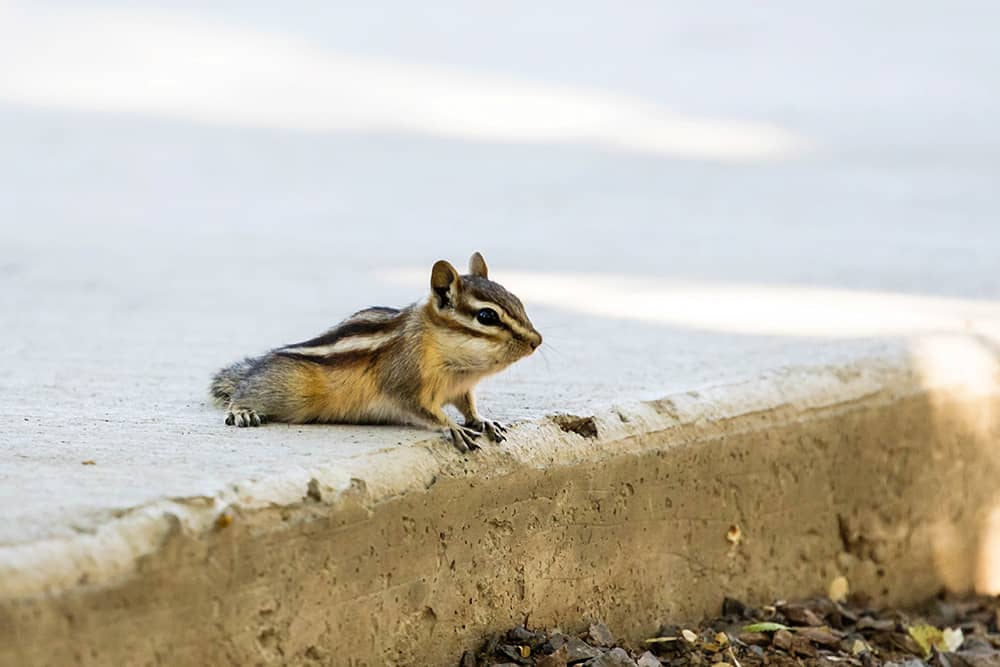

We’re all familiar with the concept of hibernation, when an animal’s heart rate, breathing, and metabolism slow down to conserve energy for the winter. But there’s a flipside, called estivation. It’s largely the same thing, but instead of mammals slowing down for the winter, it involves mollusks, reptiles, and amphibians slowing down for the summer. Snails in particular spend a lot of time inside their shells to avoid drying out in the heat.
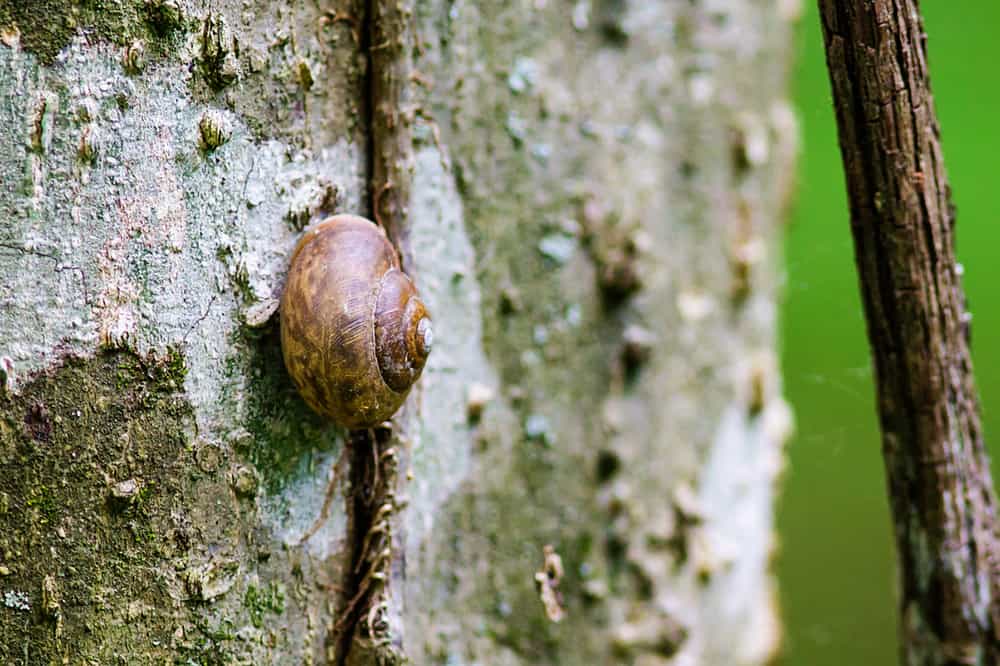
Birds have higher body temperatures than people do (averaging about 104 degrees), so “cooling off” for them doesn’t require as much energy as it does for us 98-degree types. They still have a variety of ways to do it, though! The most obvious one is simply taking a bath. Not only does this cool them off, but it helps them remove mites, fleas, and other parasites that can cause disease.
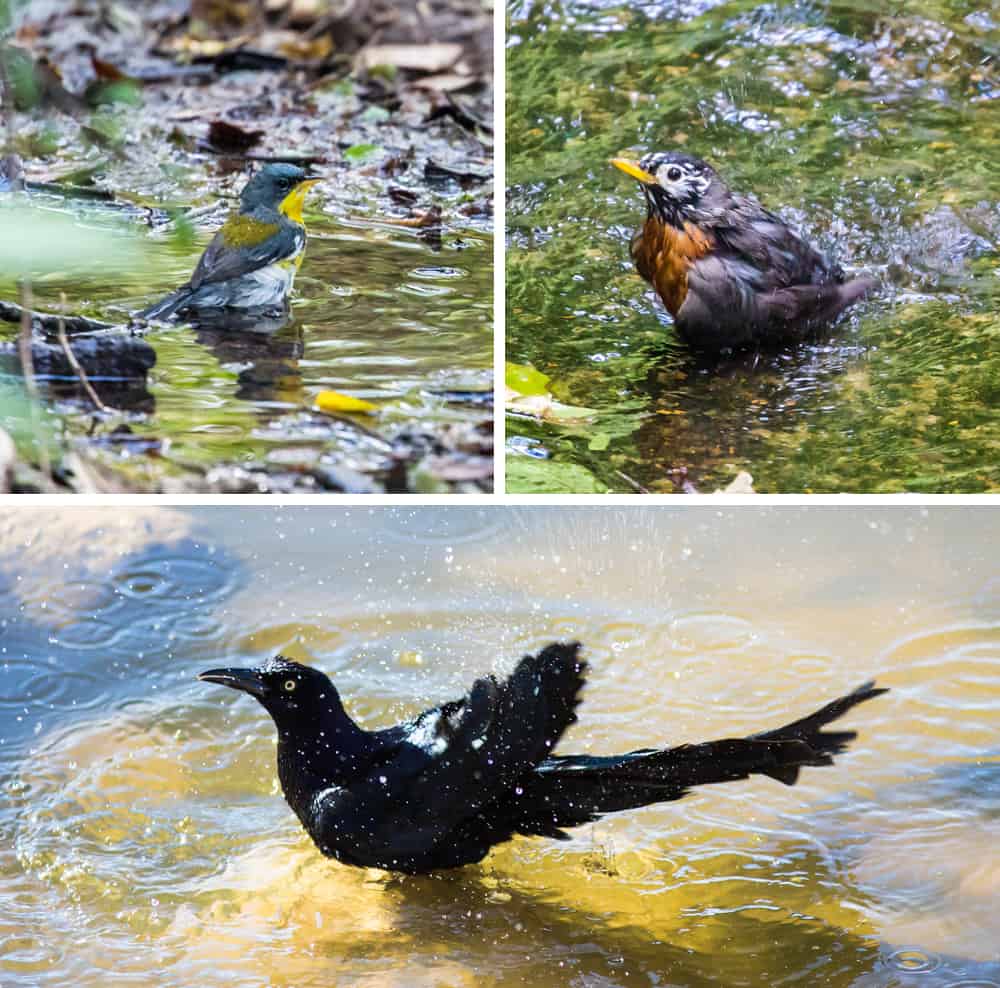
Vultures and storks sometimes cool themselves down by defecating on their legs. This works a lot like our sweating process: as the liquid on their flesh dries and evaporates, they get a cooling effect. (Don’t try this one at home!)

Other birds use good vibrations to get rid of body heat. Using a process called gular fluttering, a bird opens its mouth and vibrates the bones and muscles in its throat, exposing the moist membranes to air and creating an evaporative effect. This is common among birds that roost out in the open, like nightjars, herons, and cormorants. Here’s a video of a great blue heron using this method.
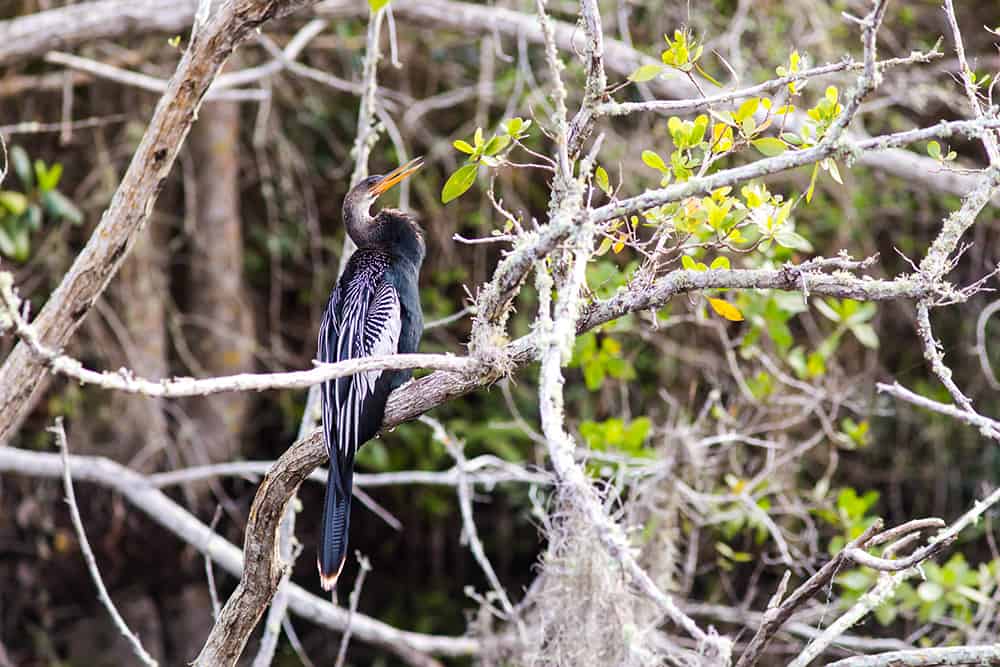
Did you know that birds can pant? Like dogs, they can’t sweat, so they have to find other ways to get the hot air out of their bodies and the cool air in. As with gular fluttering, panting involves rapidly expelling that hot air and drawing in cool air to make contact with the moist surfaces of the mouth, throat, and lungs. For birds, it’s really all about that evaporation!
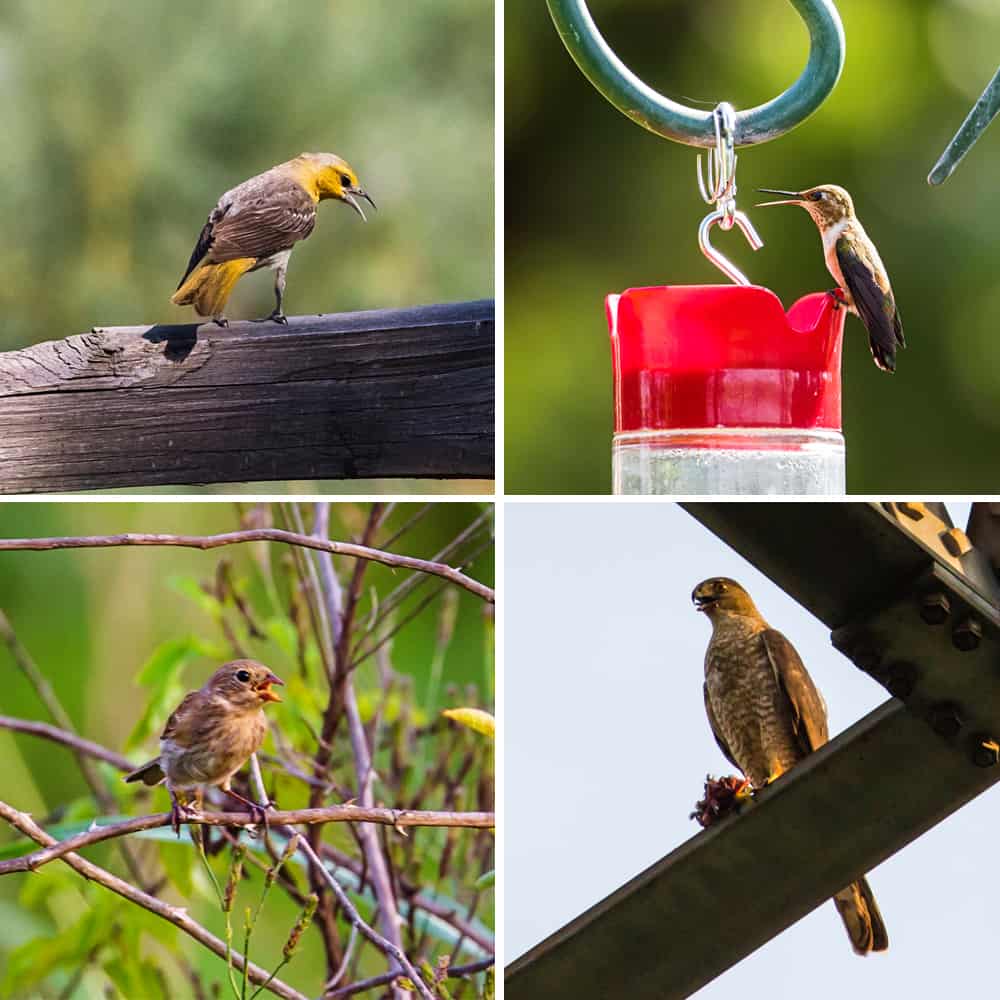
Of course, there’s one surefire way to cool off, and virtually everyone does it: moving into the shade! Studies have shown that lizards are better able to regulate their temperature when there are more available patches of shade in an area, as opposed to one big patch. Lots of small patches allow them to move around during the day, as opposed to having to stay put. I think we all learned this during quarantine: it’s much more fun to move between cool places than to stay in the same cool place all the time. Maybe lizards, like us, need regular changes of scenery!

However you choose to do it, we hope you stay cool this week! Get NatureZen in your inbox.



